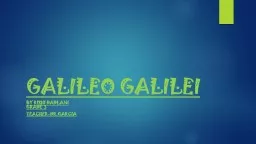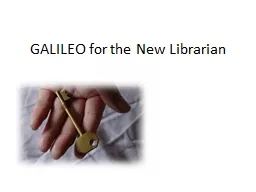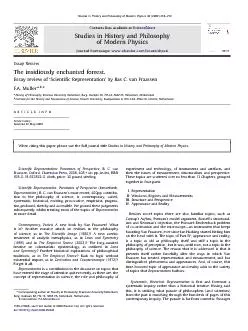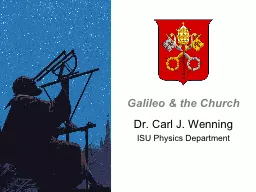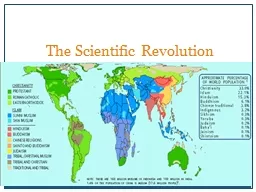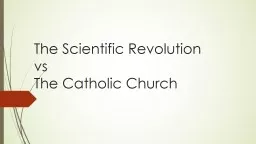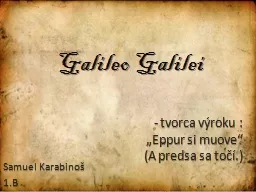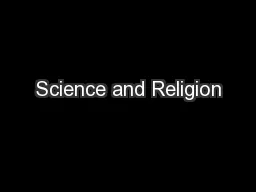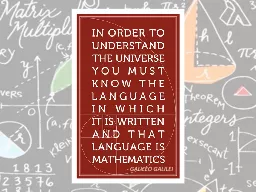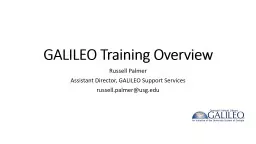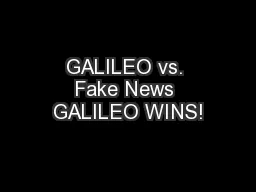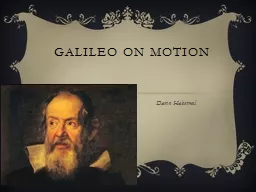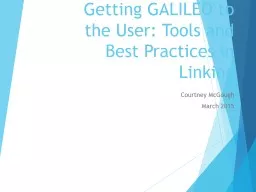PPT-GALILEO GALILEI
Author : trish-goza | Published Date : 2015-12-05
By Rishi Dadlani Grade 3 TeacherDrGarcia PROFILE Name Galileo Galilei Born Feb 15 1564 Birth Place Pisa Italy Died January 8 1642 Father Vincenzo Galilei a
Presentation Embed Code
Download Presentation
Download Presentation The PPT/PDF document "GALILEO GALILEI" is the property of its rightful owner. Permission is granted to download and print the materials on this website for personal, non-commercial use only, and to display it on your personal computer provided you do not modify the materials and that you retain all copyright notices contained in the materials. By downloading content from our website, you accept the terms of this agreement.
GALILEO GALILEI: Transcript
Download Rules Of Document
"GALILEO GALILEI"The content belongs to its owner. You may download and print it for personal use, without modification, and keep all copyright notices. By downloading, you agree to these terms.
Related Documents

